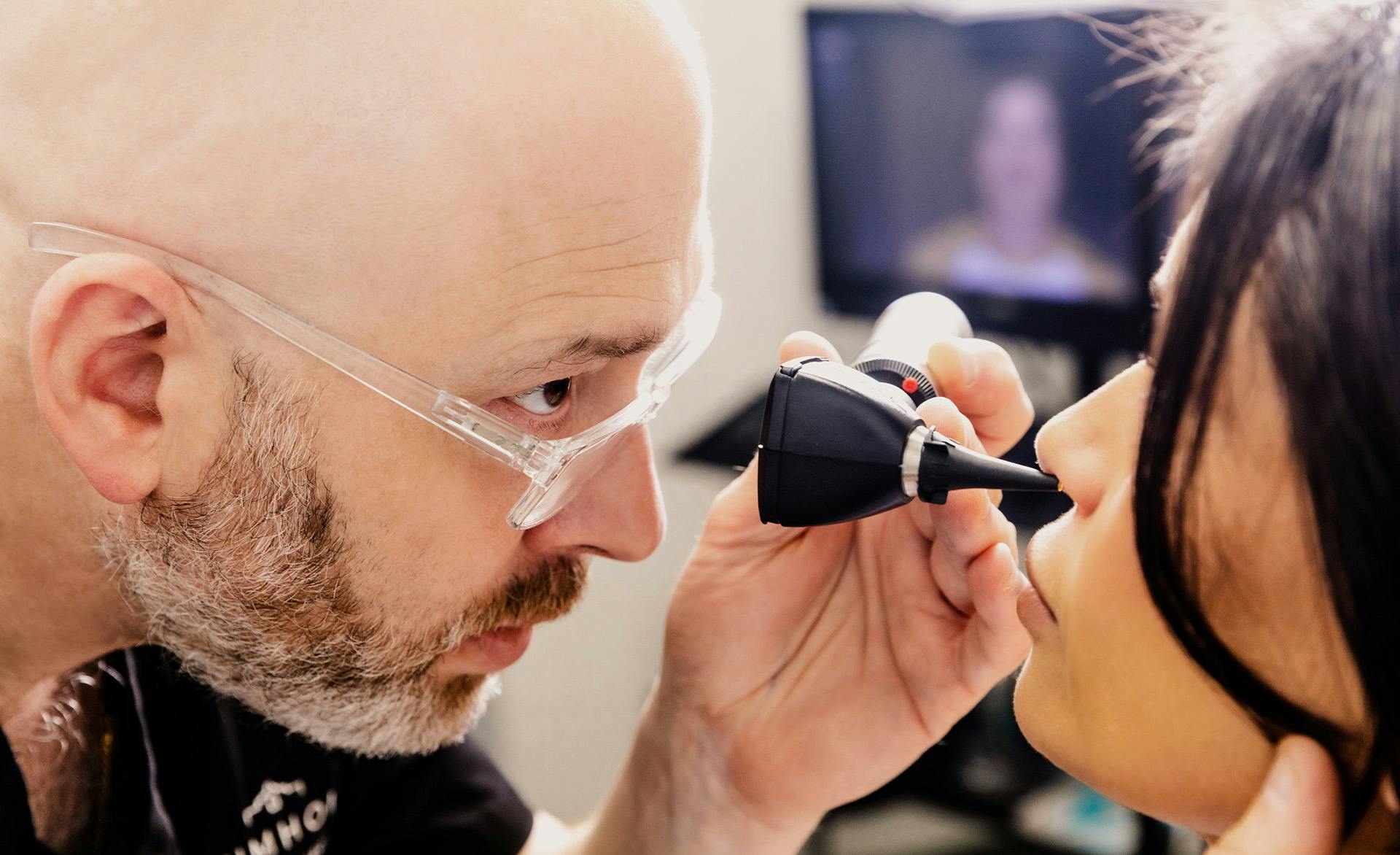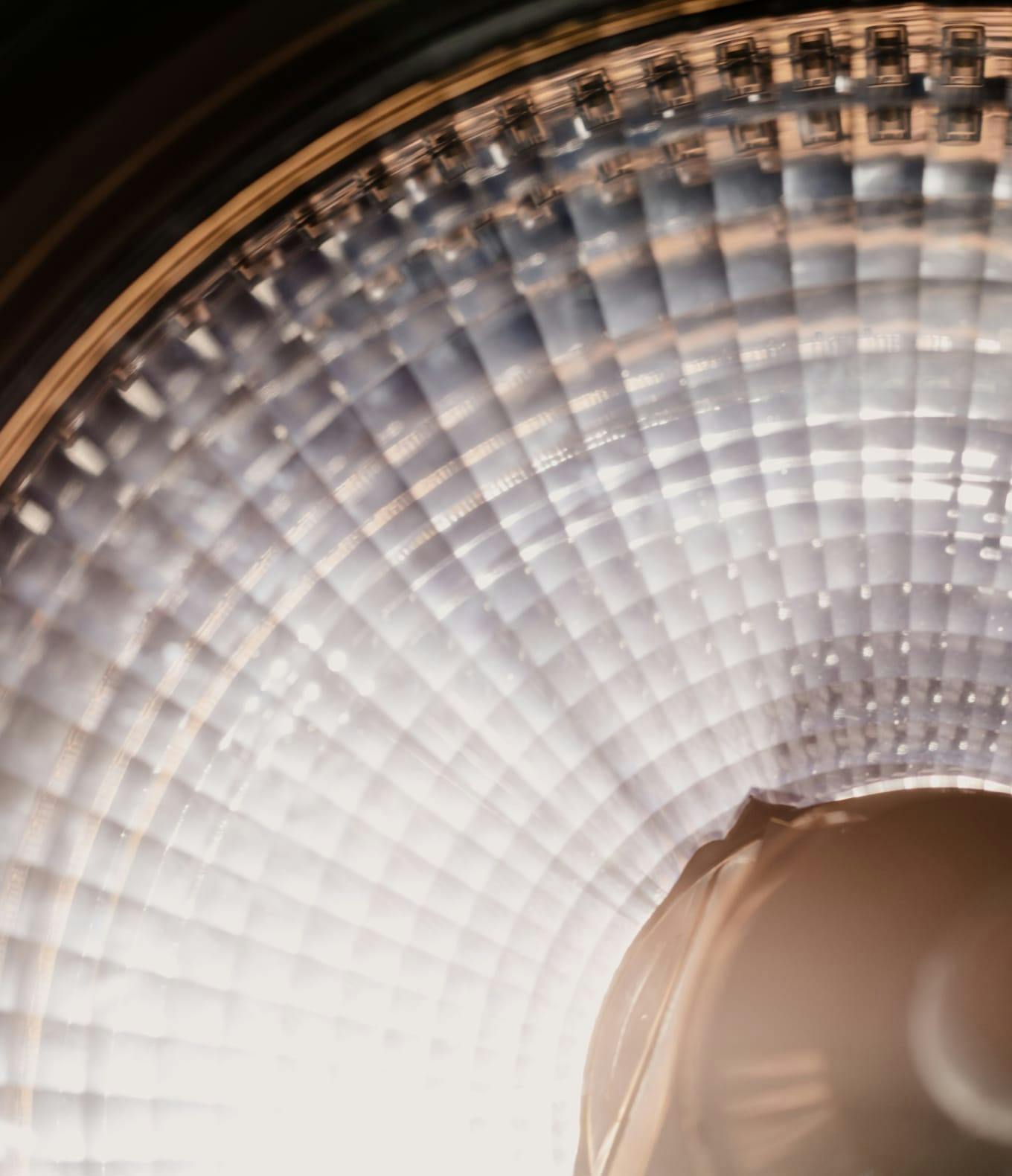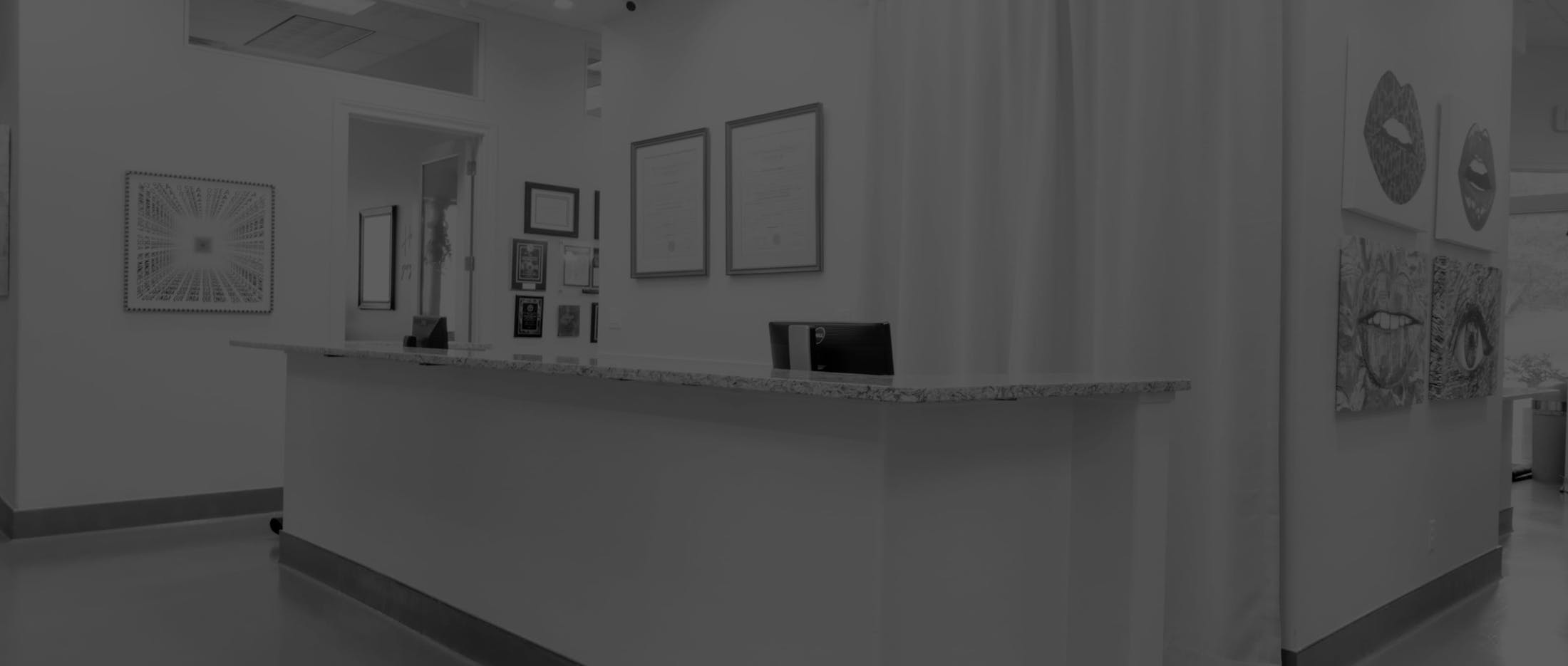Through our rhinoplasty in San Antonio, subtle changes to the nose can profoundly impact your overall emotional well-being.
What is Rhinoplasty?
Rhinoplasty, commonly known as a nose job, is a surgical procedure to reshape and enhance the nose's appearance. Rhinoplasty addresses various concerns, including altering the nose's size, shape, or angle, refining the nasal tip, or correcting structural issues that may affect breathing. The procedure involves careful sculpting of the nasal tissues, often including removing or adding bone or cartilage. Dr. Baumholtz's expertise in rhinoplasty ensures aesthetic improvements and a harmonious balance with other facial features, ultimately providing you with a nose that complements your overall appearance and boosts your self-confidence.











